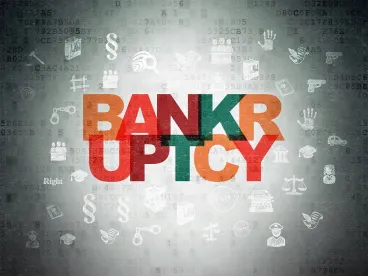On August 26, 2019, President Trump signed the Small Business Reorganization Act (“SBRA”) into law. The SBRA is scheduled to take effect on February 22, 2020. As we previously reported, the SBRA offers small businesses with aggregate liabilities that do not exceed $2,725,625 the opportunity to resolve their outstanding debts through a condensed and price‑conscious chapter 11 bankruptcy proceeding. This new proceeding is to be governed under subchapter V to chapter 11 of the United States Bankruptcy Code.
Once a small business files under the SBRA, and throughout the plan of reorganization payment period (which lasts between three to five years), a “standing trustee” is appointed to oversee the case. Some examples of a standing trustee’s duties include reviewing the company’s financial condition and business operations, reporting any fraud or misconduct to the court and supervising the company to ensure distributions are made in accordance with the company’s plan of reorganization. Although payment periods to creditors will last years, the time from filing a bankruptcy petition to confirmation of a plan of reorganization can be as short as ninety (90) days. Prior to the plan confirmation hearing, fees are further reduced by requiring the company to be present at only one bankruptcy court status conference to apprise the court of the progress the company has made toward reaching an agreement with its creditors.
Once a company has filed for bankruptcy under the SBRA, the main document that will control the company’s financial future will be the plan of reorganization. The plan can provide one of two options for how the company will repay its creditors: (a) the plan can identify “disposable income” that is not used to pay the company’s necessary expenses and explain how it will be distributed; or (b) the plan can provide for distribution of some or all of the company’s property so long as it can be demonstrated that such property “is not less” than the projected disposable income that would otherwise be paid to creditors. If the company demonstrates either of these options, and assuming the plan does not discriminate unfairly amongst similarly situated creditors, then the plan is likely to be held to be “fair and equitable” and can be confirmed. The reward to business owners who comply with the payment schedules in their plan of reorganization is that they will remain in possession of all property of their company.
In summary, the SBRA is a fantastic accomplishment by the Federal Government and the National Bankruptcy Conference, American Bankruptcy Institute and National Conference of Bankruptcy Judges, all of whom had a hand in drafting and guiding the Act to be signed into law. Struggling small businesses should consider the SBRA as a potential remedy to their financial distress. Bankruptcy counsel, financial advisors and bankers have the experience, skills and desire to help small business owners save their companies and put them back on the path toward prosperity.




 />i
/>i

